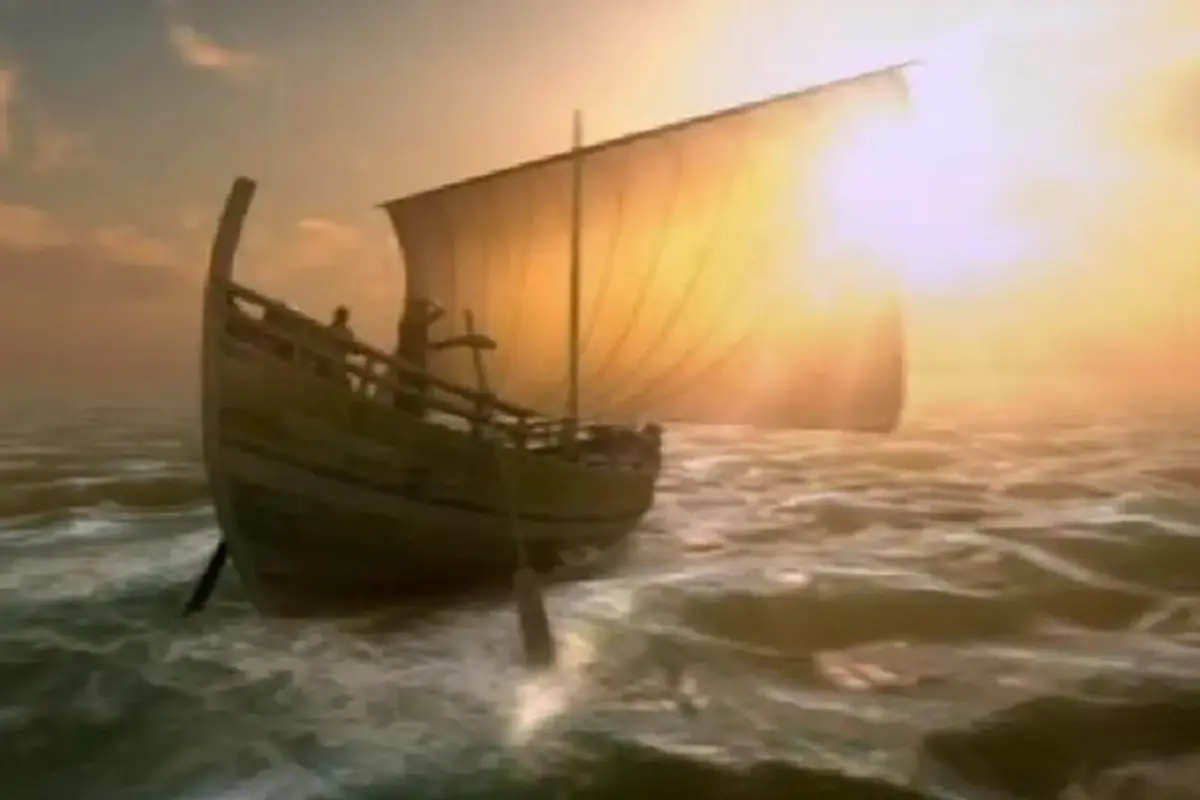
A company digging for natural gas off the coast of northern Israel unearthed a 3,300-year-old ship and its cargo, one of the oldest known examples of a ship sailing far from land, the Israel Antiquities Authority announced Thursday.
“The discovery of the late Bronze Age ship so far out at sea indicates that the navigation abilities of ancient seafarers were more advanced than previously thought because they could travel without a line of sight to land”, a statement from the IAA said.
“The great depth at which the ship was found means it has been left undisturbed by waves, currents or fishermen over the millennia, offering greater potential for research”, IAA continued.
“The discovery of this boat has transformed our knowledge of ancient mariner abilities. It is the very first to be discovered at such a great distance with no line of sight to any landmass”, said Jacob Sharvit, head of the IAA marine section, adding that two identical ships from the same era have previously been discovered, but only near shore.
According to Sharvit, academics previously assumed that trade during that era was handled by vessels sailing close to the shore, keeping an eye on land as they moved from port to port.
He stated that the newly discovered boat’s sailors most likely utilised the sun and stars to navigate.
The wooden ship sank around 90 kilometres (55 miles) off Israel’s Mediterranean coast and was discovered at a depth of 1,800 metres (1.1 miles) by Energean, a natural gas firm that operates several deep-sea natural gas reserves in Israeli territorial seas.
Energean’s job involves scouring the sea floor using a submersible robot. About a year ago, it discovered the 12 to 14 metre (39 to 45-foot)-long ship buried beneath the muddy bottom, snuggled beneath hundreds of thousands of year-old jars.
The boat and its cargo were completely intact, according to the IAA, and the vessel appeared to have sunk either during a storm or as a result of pirate attacks.
The ship is currently not being retrieved. Energean collaborated with the IAA to collect two of the jugs, which were most likely used to transport oil, wine, or fruit, and bring them to the surface for investigation.
The IAA recognized the jugs as Canaanite, a people who lived in areas bordering the eastern Mediterranean.
Also read: Markets Close Higher; Sensex Climbs Above 100 Points
To read more such news, download Bharat Express news apps


















